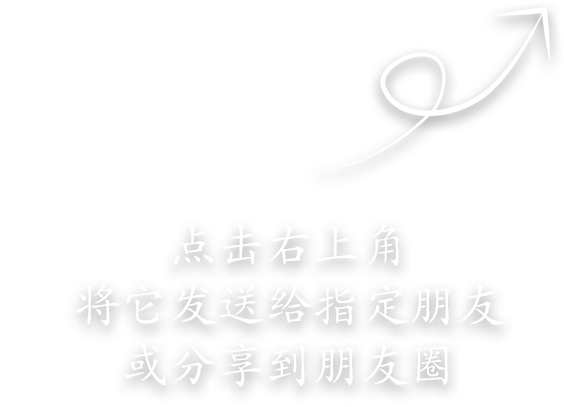Our Chinese partner, Tianjin Desalination Institute, actively participated in the development of these standards, showcasing their leadership and innovation in the desalination field.
Our Chinese partner, Tianjin Desalination Institute, actively participated in the development of these standards, showcasing their leadership and innovation in the desalination field. Below are the details of the newly released standards:
Water Footprint Standards in the Field of Desalination
Two water footprint standards for desalination, HY/T 0423-2024: "General Principles for Water Footprint Evaluation of Desalination Systems" and HY/T 0424-2024: "Water Footprint Accounting Requirements for Desalination Systems", were approved and released on September 13, 2024.
These are the first standards globally to apply the water footprint theory to the field of desalination, marking a significant milestone in the construction of China's desalination and comprehensive utilization standards system.
Background
Water resources are essential for life, societal development, and economic activities. With water scarcity becoming a pressing issue, governments worldwide are exploring alternative means to increase water availability. Desalination has gained attention due to its ability to produce high-quality water and address coastal water shortages effectively.
However, the rapid growth of the desalination industry has raised concerns about its environmental impact, including energy and material consumption and brine discharge. A comprehensive evaluation of desalination’s resource and environmental benefits is urgently needed.
Water footprint analysis is an effective tool for quantifying and evaluating water resource efficiency. While the methodology has been extensively applied in agriculture, textiles, livestock, and industrial production, it has not yet been used in desalination. By incorporating water footprint analysis, the lifecycle resource and environmental impacts of desalination plants can be assessed from multiple dimensions, including water consumption and pollution, providing a holistic understanding of desalination's effects.
Key Content
The standards address the lack of quantitative evaluation methods for desalination in China and focus on two major technologies: reverse osmosis (RO) and low-temperature multi-effect distillation (MED).
·Evaluation Guidelines:
Develop guidelines for evaluating desalination systems based on water footprint quantification methods.
Establish a water footprint evaluation framework to identify key influencing factors, assess the impact of scale, season, technology, and energy use on desalination systems, and quantify their effects on resources and the environment.
Provide recommendations for optimizing key factors and offer new perspectives for the desalination industry’s development.
HY/T 0423-2024: "General Principles for Water Footprint Evaluation of Desalination Systems"
·Scope:
Defines terms, concepts, evaluation objectives, scope, processes, and reporting for water footprint evaluation.
Applicable to water footprint evaluations of reverse osmosis and low-temperature multi-effect distillation desalination systems. Other systems may refer to this standard.
HY/T 0424-2024: "Water Footprint Accounting Requirements for Desalination Systems"
·Scope:
Defines terms, principles, objectives, scope determination, inventory analysis, accounting methods, and reporting based on lifecycle assessment.
Applicable to water footprint accounting for reverse osmosis and low-temperature multi-effect distillation desalination systems. Other systems may use this standard as a reference.
Significance
These standards are pivotal in implementing China’s standardization framework for desalination and comprehensive utilization. They represent the first global application of water footprint theory to desalination systems, analyzing the potential environmental impacts associated with water production stages.
By providing unified methods for water footprint accounting and evaluation, these standards contribute to national water conservation strategies, promote systematic and integrated marine standardization, and support the sustainable development of desalination technology. Moreover, they enhance China’s influence in the international desalination field.













Please first Loginlater ~